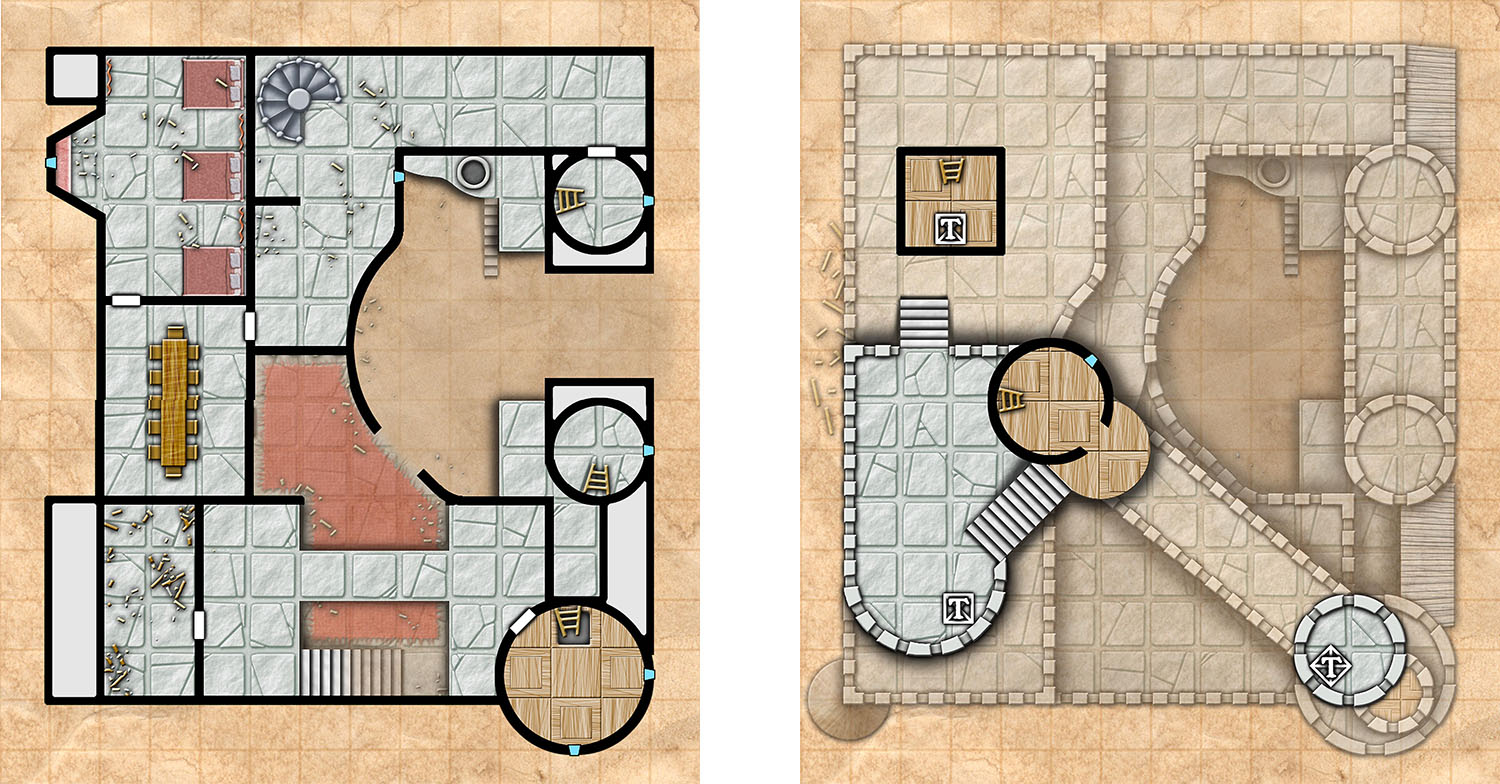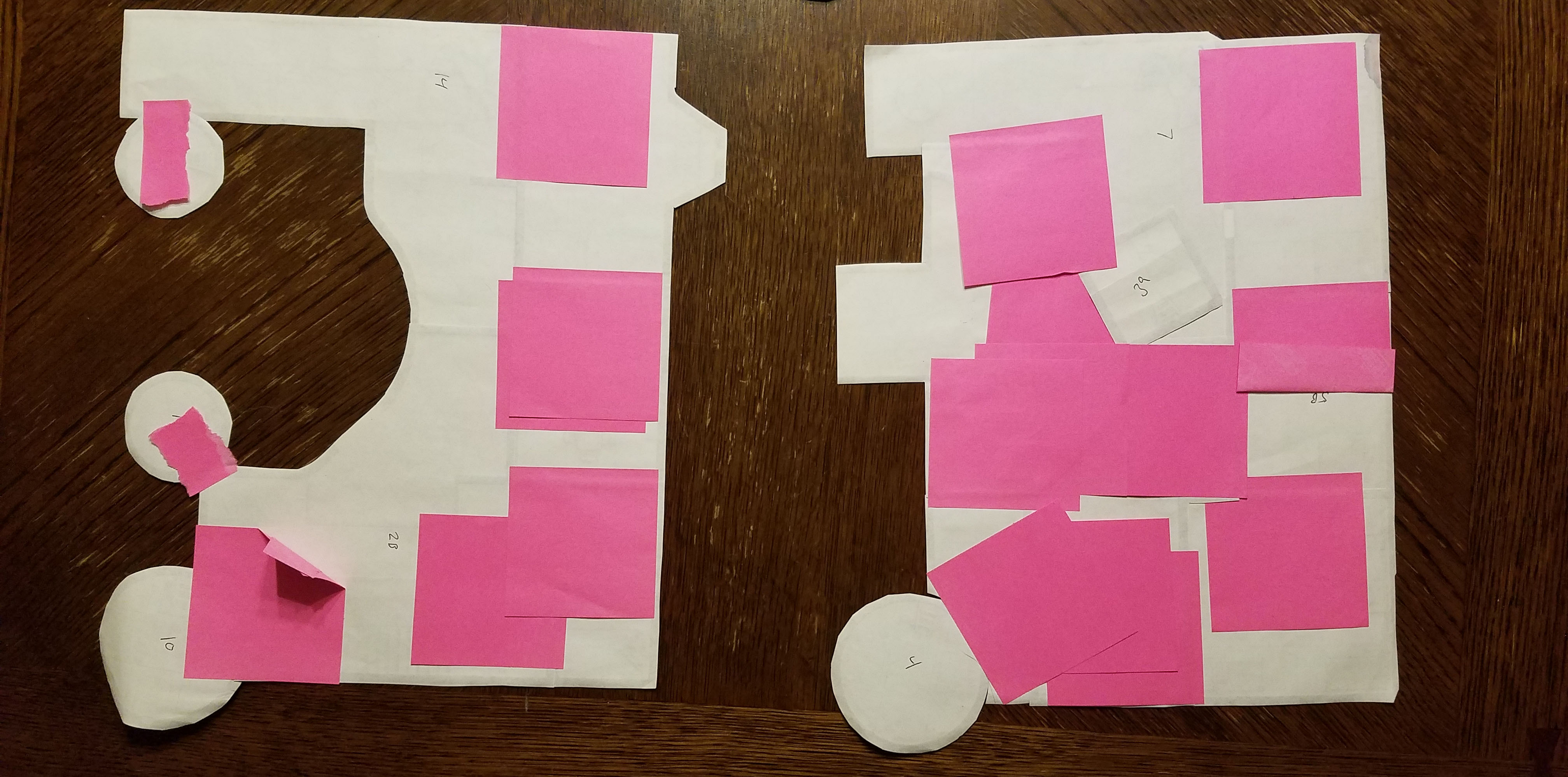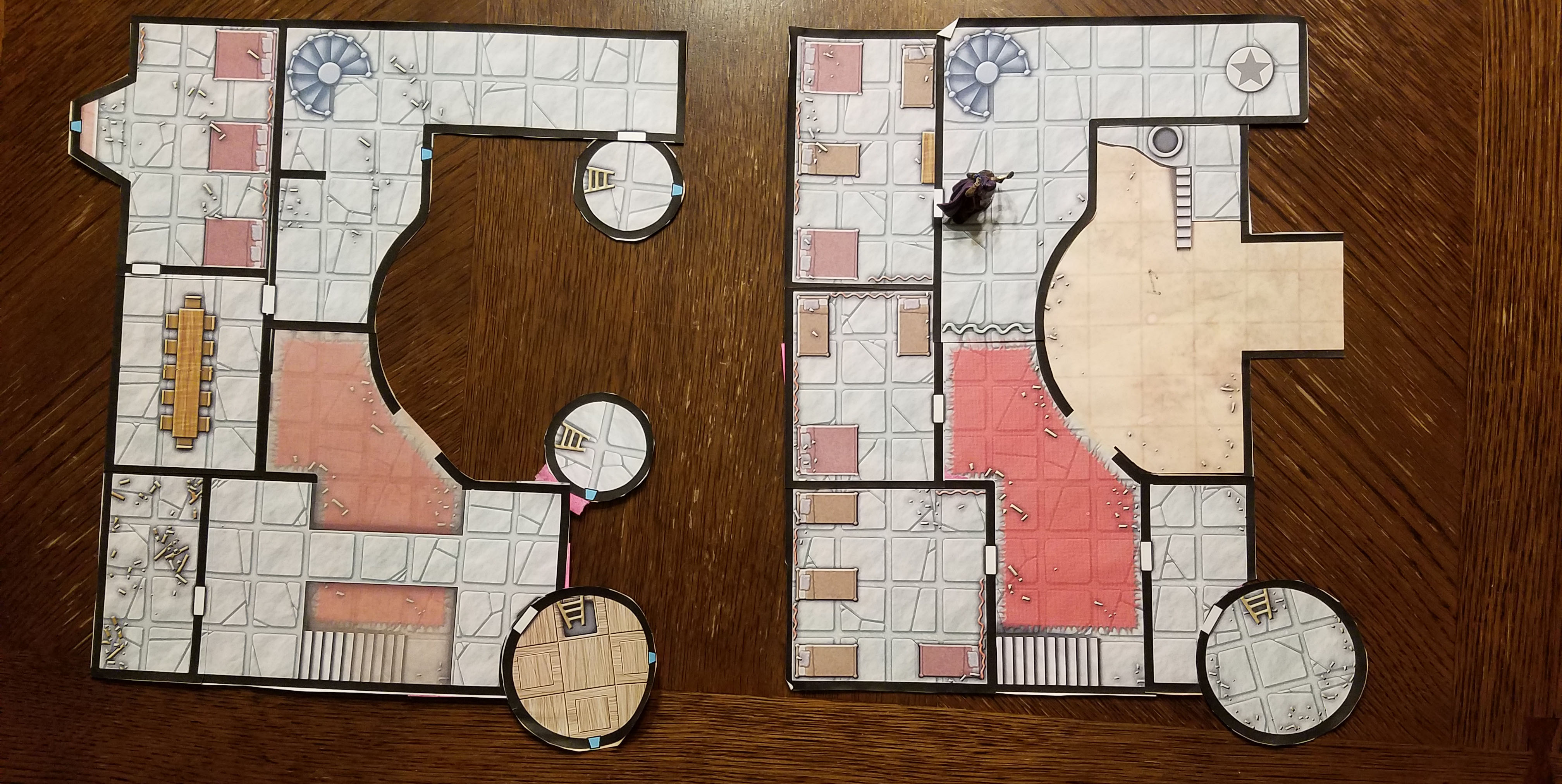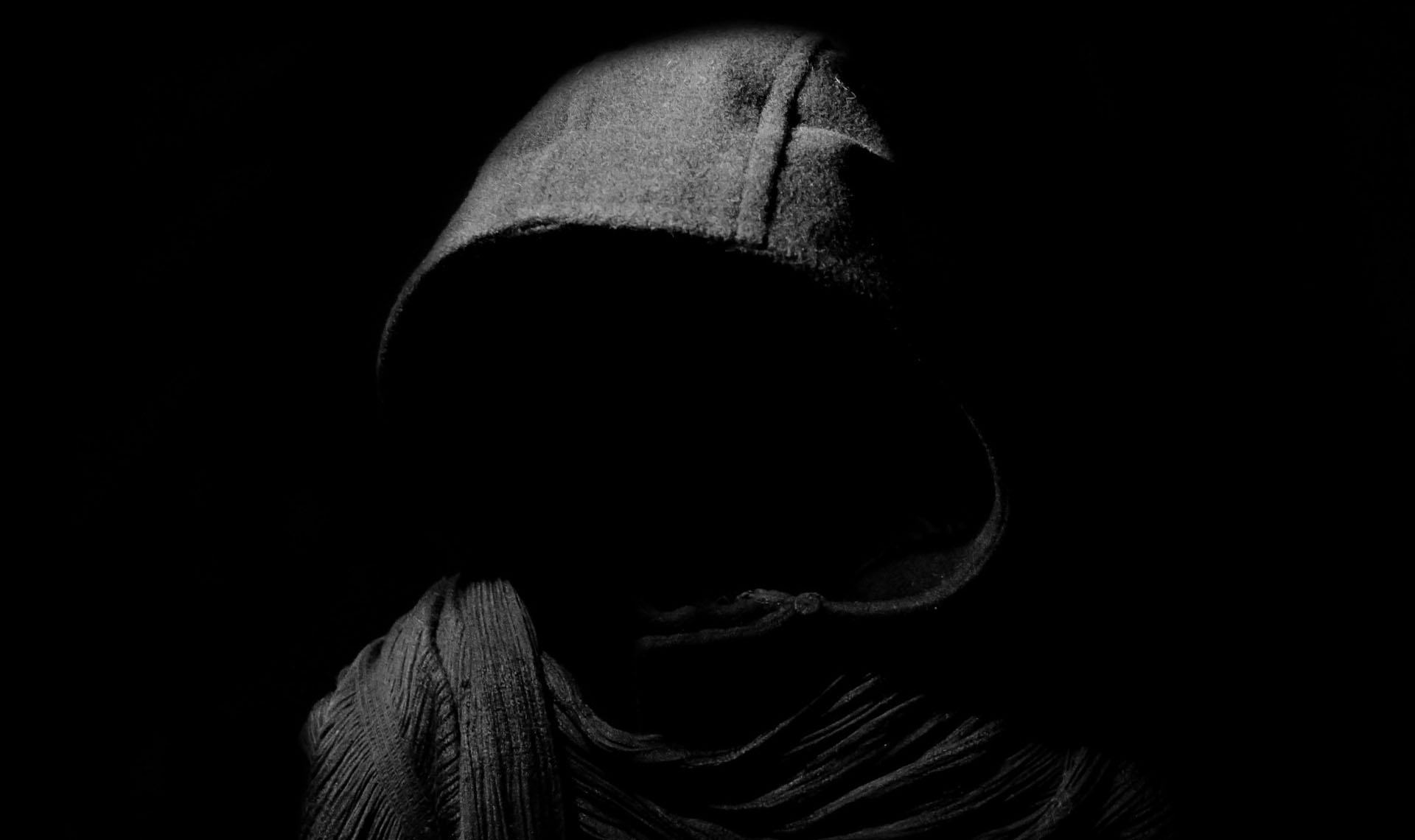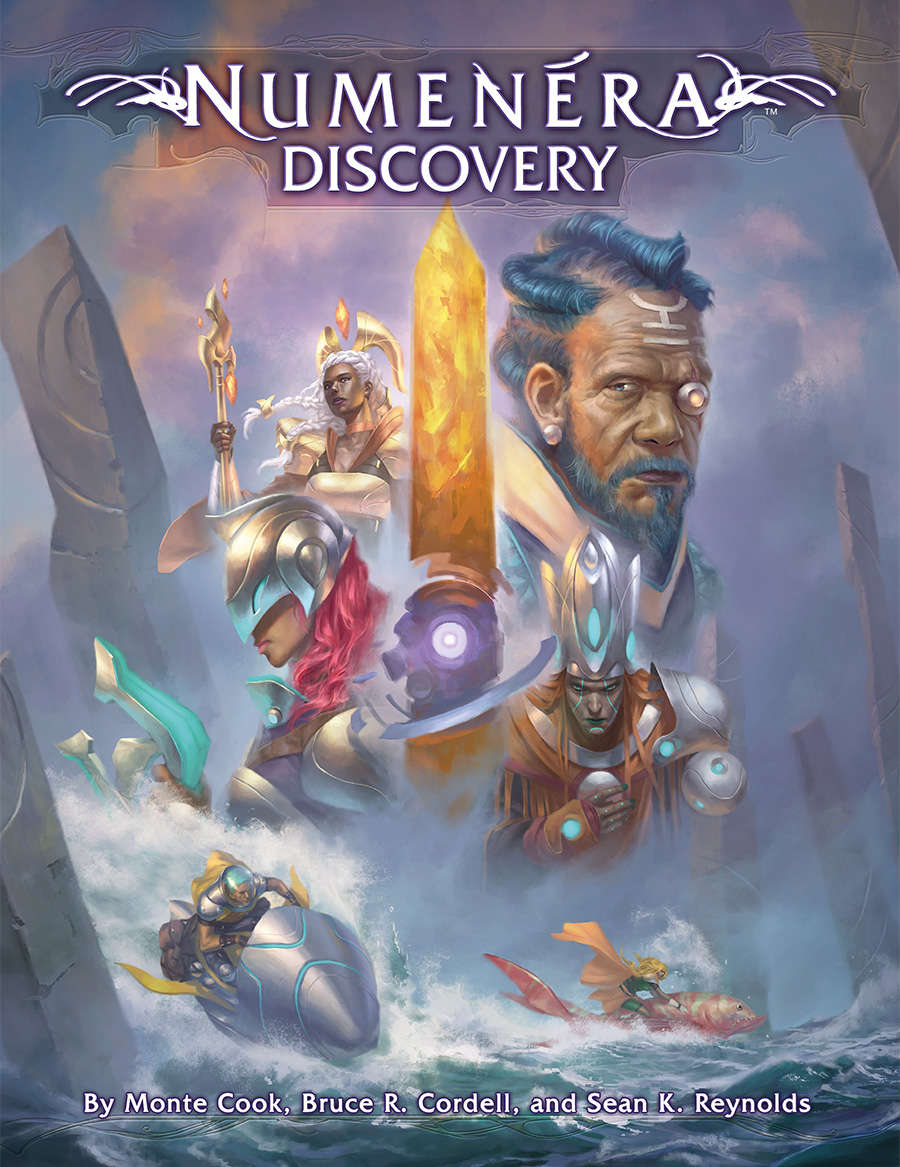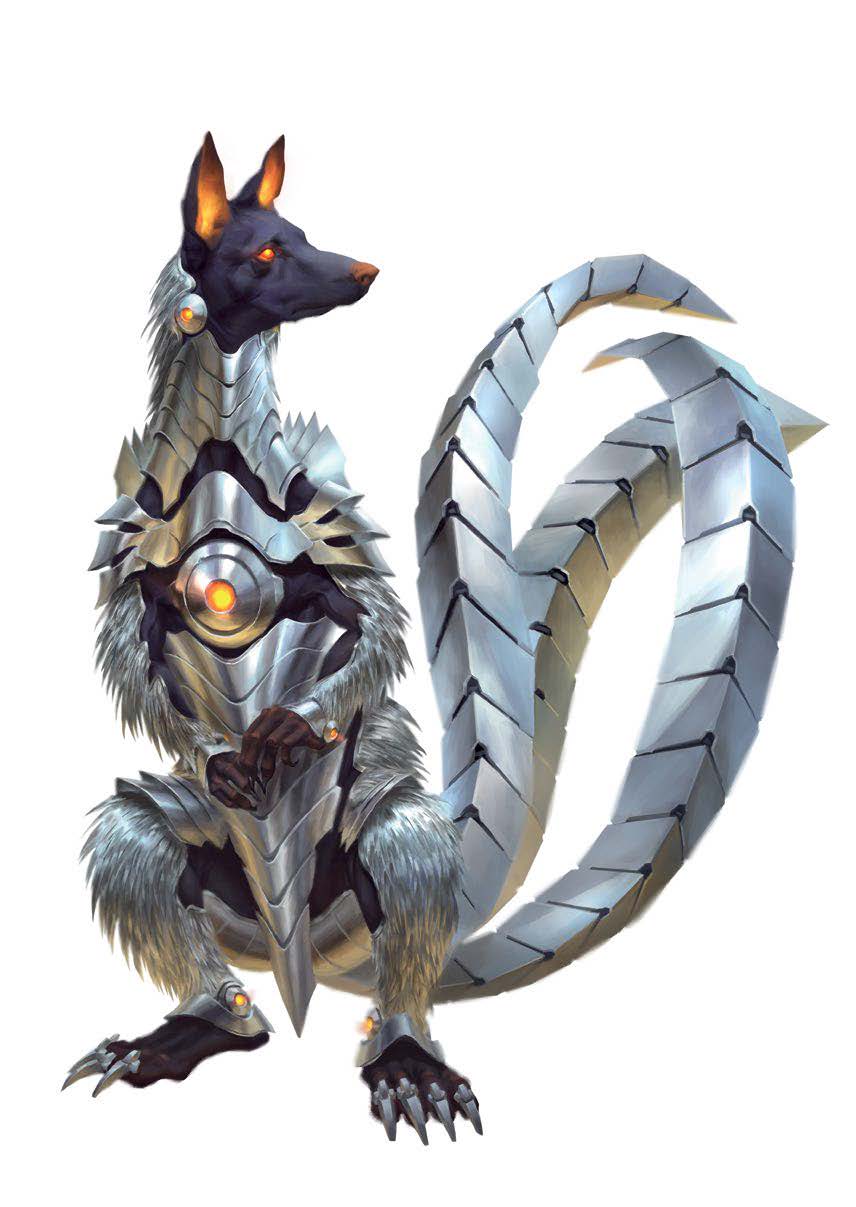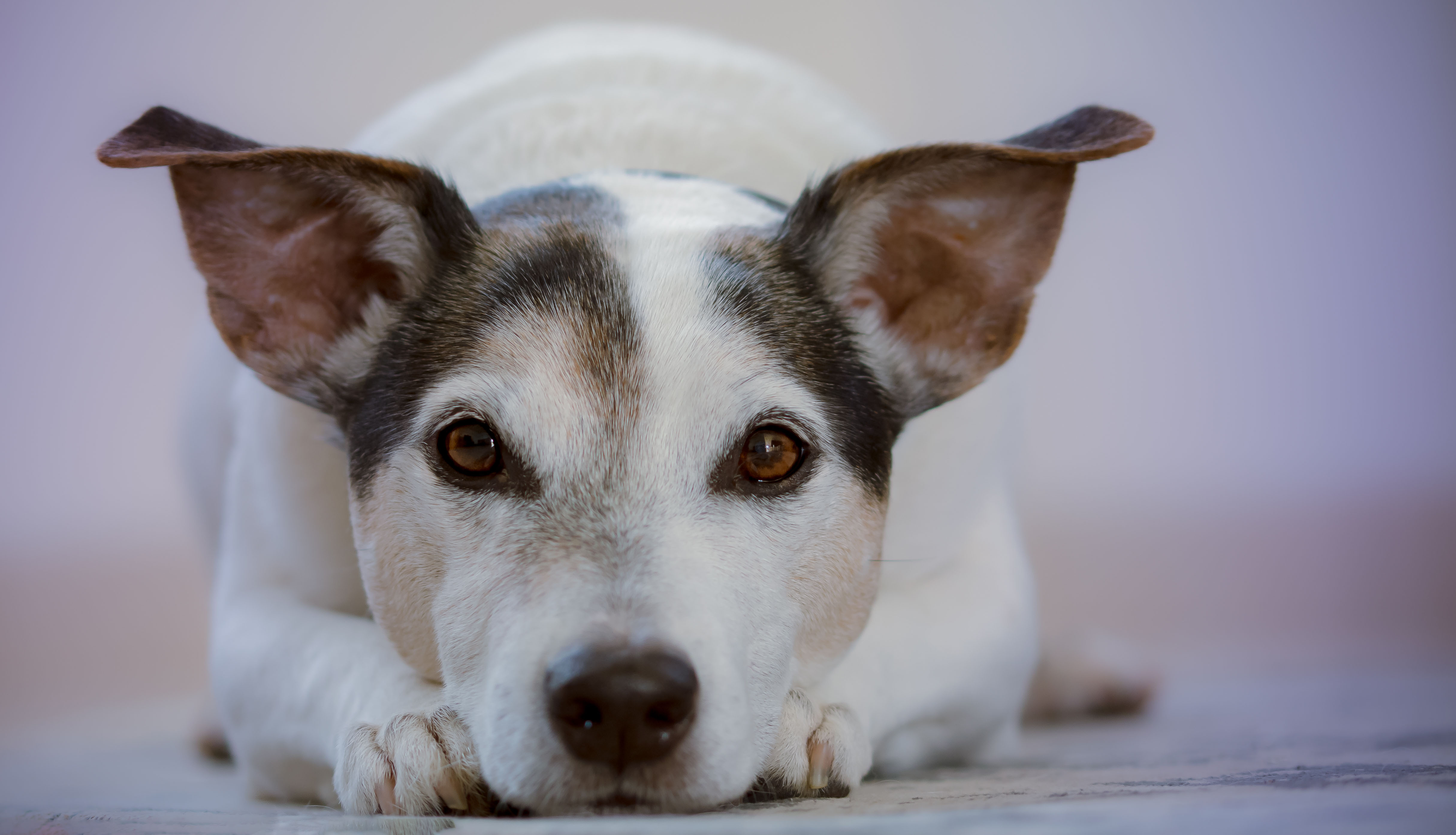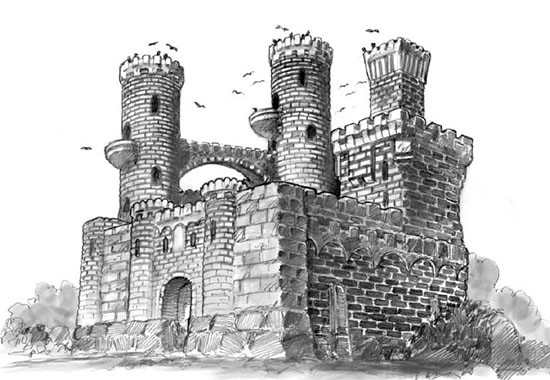Session 20F: The Ghost Appears
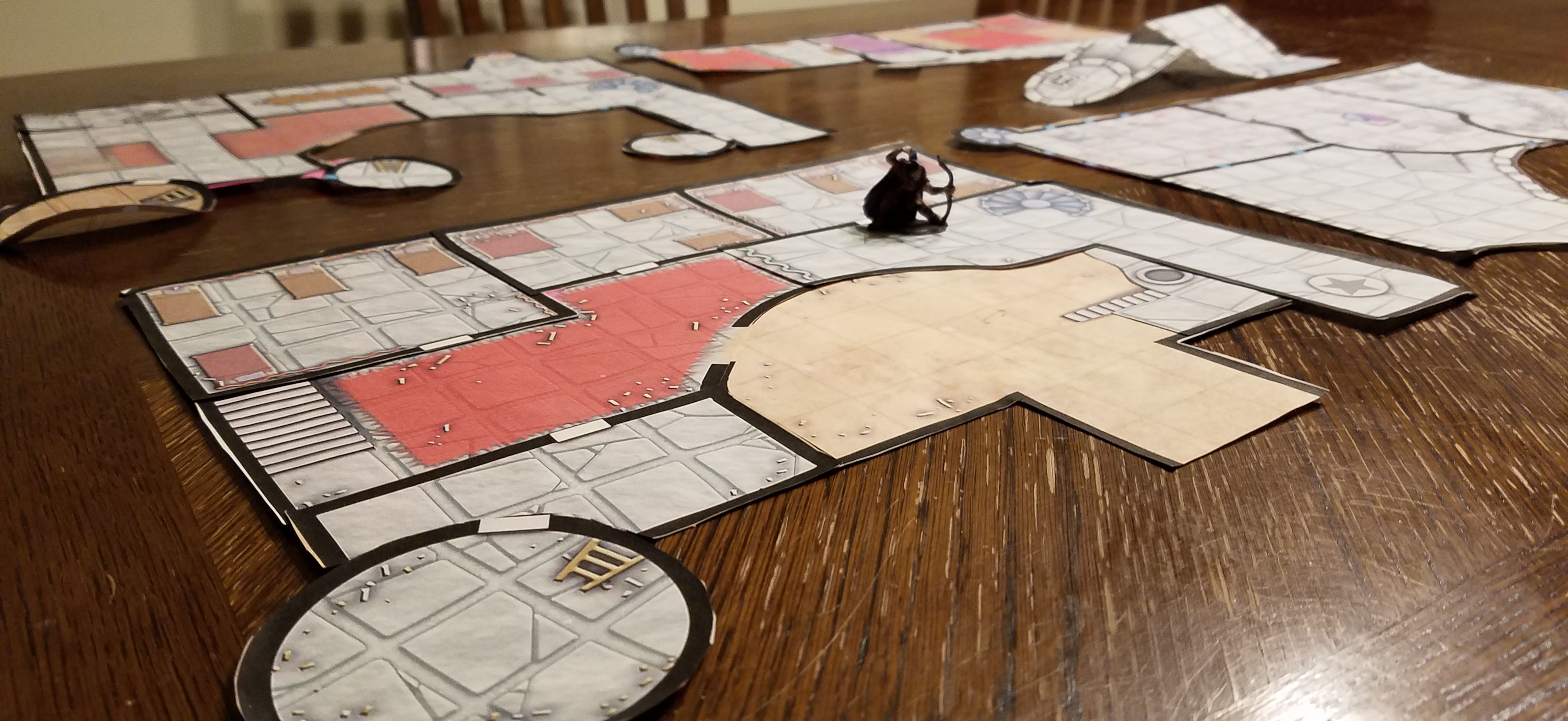
From here Tee could look down onto an outdoor terrace surrounding three-quarters of the courtyard. Half of this terrace had, at some point in the past, been turned into a rooftop garden. Various boxes and pots – most in disrepair and many spilling their dirt out onto the stone roof – lay here and there. Many of the plants were still alive, although most of the garden had been overrun with weeds.
Almost directly across from Tee – on the wall near the door leading to this terrace – she could see a strange face that had been carved into the wall. Something glinted in the eyesocket of the carving, glittering like a gemstone.
The “Pythoness House” adventure comes from The Night of Dissolution, a campaign supplement for Ptolus written by Monte Cook. It’s a fantastic little haunted house scenario that’s greatly enhanced by the convoluted, heavily xandered design of Pythoness House itself.
As with many of the Ptolus scenarios, SkeletonKey Games designed absolutely gorgeous battlemaps for the whole keep:
If you’re thinking about running Night of Dissolution on a digital tabletop, these maps are absolutely perfect. You can buy them in PDF here.
I, however, was no longer running the campaign on a digital tabletop at this point, and so I was faced with a choice:
First, I could follow my standard operating procedure of chicken-scratching out the map onto a Chessex battlemap. This would be both time-consuming (due to intricate, overlapping complexity of the maps) and force me to sacrifice the awesome visuals of the SkeletonKey maps.
Second, I could print out a copy of the maps and lay them down on the table. But this would almost certainly compromise the fun of actually exploring the castle.
In many cases, you can mitigate this by laying out sheets of paper or notecards in order to block sections of the map and then only reveal them as they’re explored. But this tends to be finicky and unreliable (as papers get nudged or blown around). It was also a poor fit for these particular maps because of their claustrophobic, interwoven design.
So I used another technique that I’m going to refer to as Post-It mapping:
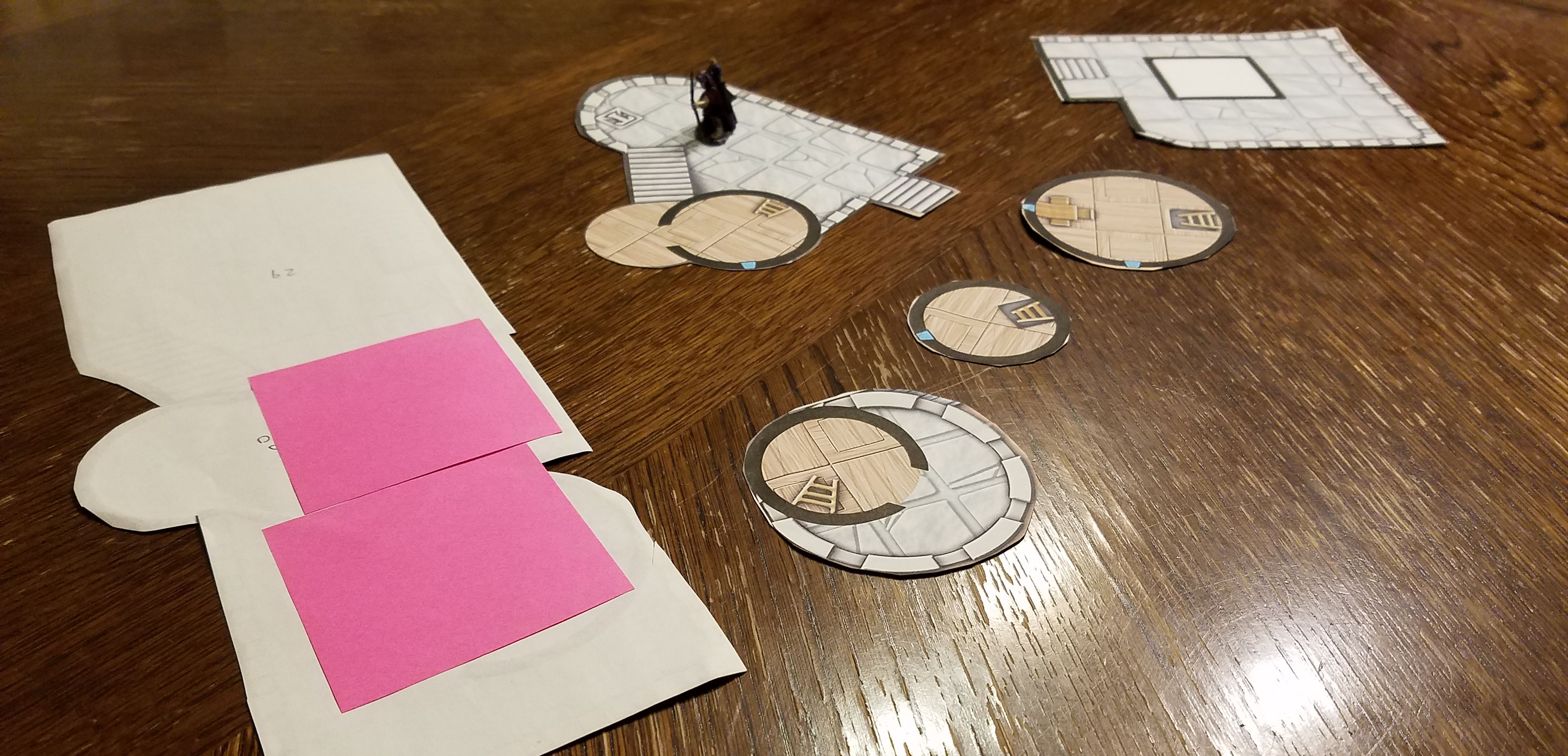
As you can see here, I cut out each individual room and labeled the back of each room with its keyed number (to make it easier to find the correct rooms during play). As the PCs explored, I could pull out each room one at a time and attach it to the neighboring rooms using Post-It notes.
If you’re familiar with digital tabletops, this is basically an effective way of creating an analog fog-of-war effect.
USING THE POST-IT NOTES
Post-It notes are ideal for this method because the temporary adhesive makes it easy to correct mistakes and rearrange room tiles as necessary. As the map begins to grow on the table, you can easily slide a Post-It note partially under edge of the map (without needing to pick the map up) and press the edge of the map down to adhere it to the Post-It note. You can then position the new room tile and press it firmly down to easily attach it to the map.
What you end up with looks like this on the backside:
But the front side, as you can see here, is very clean and gives a great presentation:
(click for larger image)
In practice, it will actually look a little better than this: These are photos of the maps I used when running “Pythoness House” back in 2008. They’ve seen a lot of use over the last eleven years and have bounced around any number of storage solutions (some of them quite poor).
And although they have gotten a little ragged around the edges here and there, I think this is also a testament to just how durable Post-It mapping can be in practice: These are also the original Post-It notes. So, despite all the abuse these maps have received over the years, they’ve held together almost as well as a flat print out would have done.
The drawback of this technique, obviously, is that it does require a fair amount of prep work to set it up. So is it appropriate for every dungeon? I wouldn’t say so. (Although there are plenty of people who build out 3D terrain for every single dungeon they run, so your mileage may definitely vary here.) But I do use it from time to time when I want to be able to share a particularly awesome piece of cartography with the players.
This, of course, also requires a module’s publisher to actually present their maps in a format and resolution that makes printing them out as battlemaps viable. Over the years I have seen so many incredibly gorgeous pieces of cartography and been immensely saddened by the fact that it was all so much wasted effort that the players would never get to enjoy.
Thankfully, the rise of digital tabletops seems to be changing this, with more and more publishers recognizing that if they’re going to spend hundreds of dollars on great cartography, then it’s in their best interest to make that cartography accessible at the actual gaming table.

